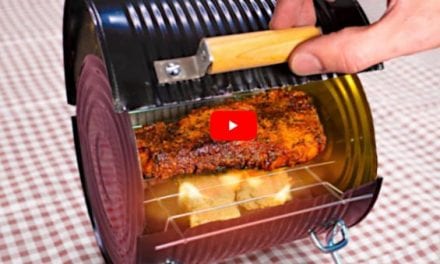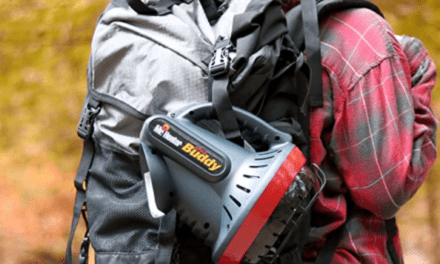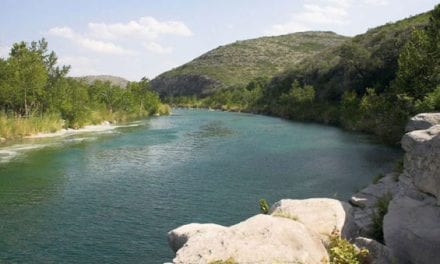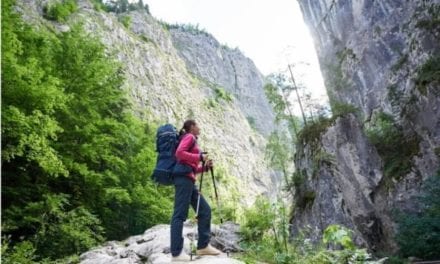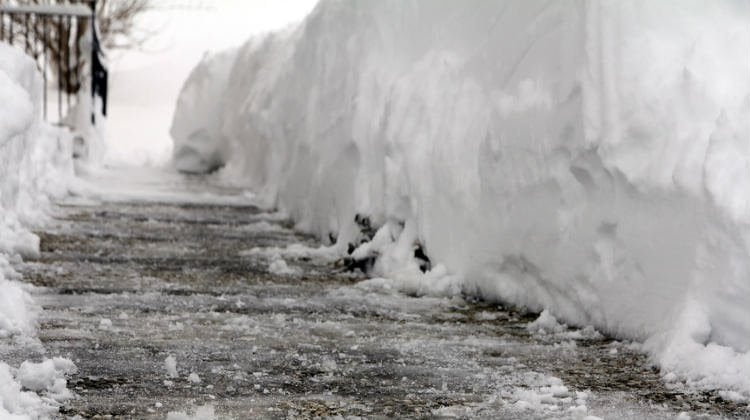
Cold weather is no joke. It can lead to severe injury and even death. Check out the post below to learn how to treat a variety of cold-weather injuries.
Symptoms of Cold-Weather Injuries
The best treatment for a cold weather injury is to not get one in the first place. If you’re going out hiking, hunting, or skiing during the winter, wear plenty of layers for warmth and bring a reliable firestarter and other bug out bag essentials.
You also want to avoid tight-fitting clothing, especially boots. Tight clothes inhibit your blood circulation as well as the circulation of the warm air your body naturally gives off. Pay careful attention to and protect your ears, nose, fingers, and toes – these are the places that will most likely experience a cold injury.
If you’ve heard of any advice on how to survive cold weather, it’s probably this: DON’T SWEAT! Sweating not only dehydrates you (yes, you can still get dehydrated during the winter) but it gets your clothes wet and will greatly increase your chance of becoming a cold weather casualty.
That is why it’s best to wear several layers – as you become more active and your body heats up, remove outer layers to prevent overheating and sweating. Also, drinking plenty of water is always key to your survival in any climate.
How to Treat These 5 Cold-Weather Injuries
1. Chilblains
Chilblains is a tissue injury that can be confused with frostbite, but is usually not as severe. This injury is caused by exposure to non-freezing cold weather and humidity. It usually only occurs in people that already have some sort of circulation problem. Chilblains can last for several days and typically heals 1-2 weeks after exposure to inclement weather.
- Signs and Symptoms: Blisters; burning/itching sensation; pain in affected area; skin discoloration
- Treatment: Keep affected area warm; topical steroid cream for itching
2. Trench Foot
Trench foot got its name from Soldiers suffering from this condition during WWI. It is caused by prolonged exposure to damp and cold conditions and is still regularly found today among the homeless. Trench foot is typically a bit more serious of a condition than chilblains. It can take less than a day for symptoms to start showing and can happen up to 60 °F. If left untreated, it will cause gangrene and need amputated. It can be easily avoided by wearing boots that are not too tight and drying out/changing your socks at least once a day.
- Signs and Symptoms: Pain; numbness; discoloration; blisters
- Treatment: Keep feet dry and warm; take off boots and socks when resting and sleeping
3. Frostnip
Frostnip is the first stage of frostbite. It is reversible, superficial freezing of tissue. Permanent skin damage is not common.
- Signs and Symptoms: Pale skin; numbness; tingling
- Treatment: Rewarm affected areas immediately – can be as simple as breathing on your hands and/or placing your hands over affected areas (nose or ears)
4. Frostbite
Frostbite occurs when ice crystals are formed in cells. As your body temperature gets lower, blood is pulled into your core to keep your important organs working properly; however, this is taking away the warm blood from your extremities leaving you more susceptible to frostbite; however, in extreme conditions, frostbite can affect exposed skin within minutes. There are varying degrees of frostbite that range from superficial to actually freezing bones. The longer you are exposed to freezing conditions, the more severe your frostbite will become. If left untreated for too long, the affected parts will simply fall off or require amputation.
- Signs and Symptoms (in order of severity): Pale skin; numbness; tingling; burning; clear blisters; top layer of skin feels hard to the touch; clumsiness; complete loss of sensation; yellowish/blueish/gray colored skin; blood-filled blisters; skin and below feels hard/solid to the touch; blackened skin; gangrene
- Avoid: Warming affected area if refreezing is possible; rubbing/massaging affected areas
- Treatment: Remove wet/restrictive clothing; permanently remove casualty from the cold; rapidly rewarm affected areas; seek medical help. If there is no chance of getting to professional help, apply aloe vera, wrap, splint and elevate affected area and give the casualty pain killers to combat the extreme pain that comes with frostbitten body parts rewarming.
5. Hypothermia
Hypothermia is described as the body’s temperature going below 95 °F. Left untreated, hypothermia will shut down the heart and lungs resulting in death. The best way to fight hypothermia is to remove wet clothing and move into a warmer area. It is broken down into the following 3 categories of severity:
- Mild: – 90-95 °F body temperature; shivering; high blood pressure; rapid heart rate/breathing; blood vessels constrict; confusion; high blood sugar
- Moderate: – 82-90 °F body temperature; shivering becomes more violent; clumsiness; pale/bluish skin; blood vessels constrict further
- Severe: – < 82 °F body temperature; heart rate/breathing/blood pressure decrease; difficulty speaking/thinking; amnesia; no motor skills; can barely walk; irrational behavior such as to taking off clothes
Preparedness is Key
Remember, someone isn’t dead until they’re warm and dead! Some “miraculous” cases have been documented where individuals have recovered from extremely low core temperatures and were declared clinically dead until their bodies were able to rewarm.
Also, if you or someone you know experiences any of the above conditions and makes a full recovery, they are going to be more susceptible to the same or worse conditions in the future – know and monitor these individuals in cold weather. Prevention by preparation is the best way to fight cold weather injuries.
Stay prepared; stay alive!
See more articles like this from Javan here!
Want to know more? Check out these related articles on our site:
Survive the Cold Like a Navy SEAL
A Cure For The Cold Weather Blues?
Tips for Surviving in Cold Weather












